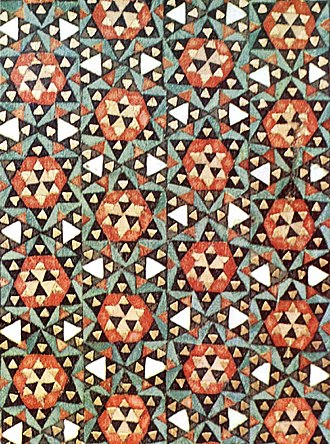Beautiful example of a cartridge case from around the 1820's. The most common way of carrying these cartridges or "Gaziri" was on pockets sewed onto the coat or "Chokha/Cherkesska" however, not all tribes in the Caucasus wore them.




Azerbaijani outfit with a similar case from 1860's

Drawing of a Circassian from 1787 with one as well





Azerbaijani outfit with a similar case from 1860's

Drawing of a Circassian from 1787 with one as well






















